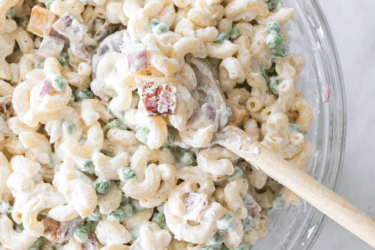We all know pesky colds are the culprits that keep plenty of kids out of school, but have you ever noticed that a cold in one child can look completely different from a cold in another? It all depends on that nasty rhinovirus, doctors say. “It depends on where the virus settles,” says John E. Furby, M.D., with Eastern Hills Pediatrics. A virus that makes its home in the nose will start a kid sniffling and hurt the throat, and if it settles a little further in the respiratory tract, might end up producing more cough than nasal problems. It also depends on how large the virus is and how healthy your child is at the onset.
It’s normal for babies to have up to 12 colds a year, and for the number of colds to decrease as a child grows (although more colds can occur with a change of environment for a child such as the beginning of daycare or kindergarten). By the time a child hits adolescence, expect approximately seven colds a year with symptoms lasting 10 – 14 days.
Building Immunity
Parents can do their part in helping kids strengthen their immune systems, says Furby, who laughs, “Of course, it depends on how compliant your children are!” Good nutrition with lots of fruits and veggies is on the list. Furby says vitamin supplements may help finicky eaters. Good sleep habits and exercise are also key as well as keeping second-hand smoke away. Hand-washing throughout the day and definitely before meals is still a child’s best defense.
Cold Comfort
If a cold disrupts your child’s ability to eat or sleep, a decongestant or expectorant is OK, says Furby. Saline nose drops might come in handy, and neti pots or cool mist humidifiers are fine, provided they’re clean. Furby says to wash these devices regularly with purified water. For infants, controlling congestion is key — elevate their heads just a few degrees, and use bulb suction to keep their nasal passages as clear as possible, Furby suggests.
If your little one suffers from a persistent fever, decreased appetite or labored breathing, definitely schedule a visit with your pediatrician. If his nasal discharge is green, that’s OK. But if yellow, odorous stuff is coming up or your child can’t be soothed … make the call!





